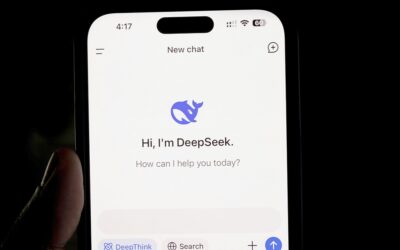The IT industry creates new buzzwords every few years and this year everyone is talking about Internet of Things and Internet of Everything.
But what really is the true definition of IoT and what are its constituents? How should businesses prepare?
There are several definitions. But IoT or IoE is really about networks, devices, people and processes – and how these are all getting interconnected. The enabling technologies are mobility, cloud computing, big data analytics and social – a collective term for this is SMAC.
With real-time processing of sensor data, IoT will make businesses smarter and more efficient. With IoT, businesses will offer more innovative services, leading to increased customer satisfaction, and hence more revenue.
Consider a case in Retail, for instance. This industry has been using RFID technology effectively, for years. But IoT will have maximum impact on supply chain management. Sensors on store shelves, products, components, raw materials, and logistical equipment, would make it easier to track the movement of materials from factory, to warehouse to retail outlets. And it would also make for smarter inventory management. This would be most useful for items that have a shorter shelf life. So food items on shelves would be fresh, thanks to faster deliveries. And consumers would have more ways to choose and buy products, perhaps without the need to visit a supermarket. IoT will greatly enhance the in-store shopping experience. Marketers will be able to deliver information to customers using new channels, at just the right time and place. The shopping experience will be greatly enhanced for consumers. We can expect smart vending machines, payments through NFC-enabled mobile phones, and innovative ways to experience the product.
HOW SHOULD BUSINESSES PREPARE FOR IOT?
So here’s how businesses should prepare:
Backend infrastructure – As IoT devices will generate a lot of data, there will be a need to analyse and process this data in real-time, for faster business decisions. So existing backend infrastructure will need to be upgraded, for high performance computing, high capacity networks, in-memory databases, and analytics solutions.
Re-engineering business processes – with higher volumes of data and the need to process it in real-time, there will be a need to transform business models and business processes. The way we capture, store, process and act on transactional data is certain to change.
CONCLUSION
Gartner estimates that IoT will include 26 billion units installed by 2020. That’s a lucrative opportunity for IoT product and service suppliers who will generate incremental revenue exceeding $300 billion – with a chunk of it coming through services.
For IoT to be widely accepted and implemented, there are 2 or 3 things that need to happen:
1. Businesses need to become IoT ready by upgrading its infrastructure, re-engineering processes and business models, and infusing an IoT culture in the organization.
2. We need to have widely accepted industry standards, compliance, frameworks and protocols, through strong consortiums.
3. Businesses need to be crystal clear about what they want to achieve with IoT – beginning with the end in mind.








